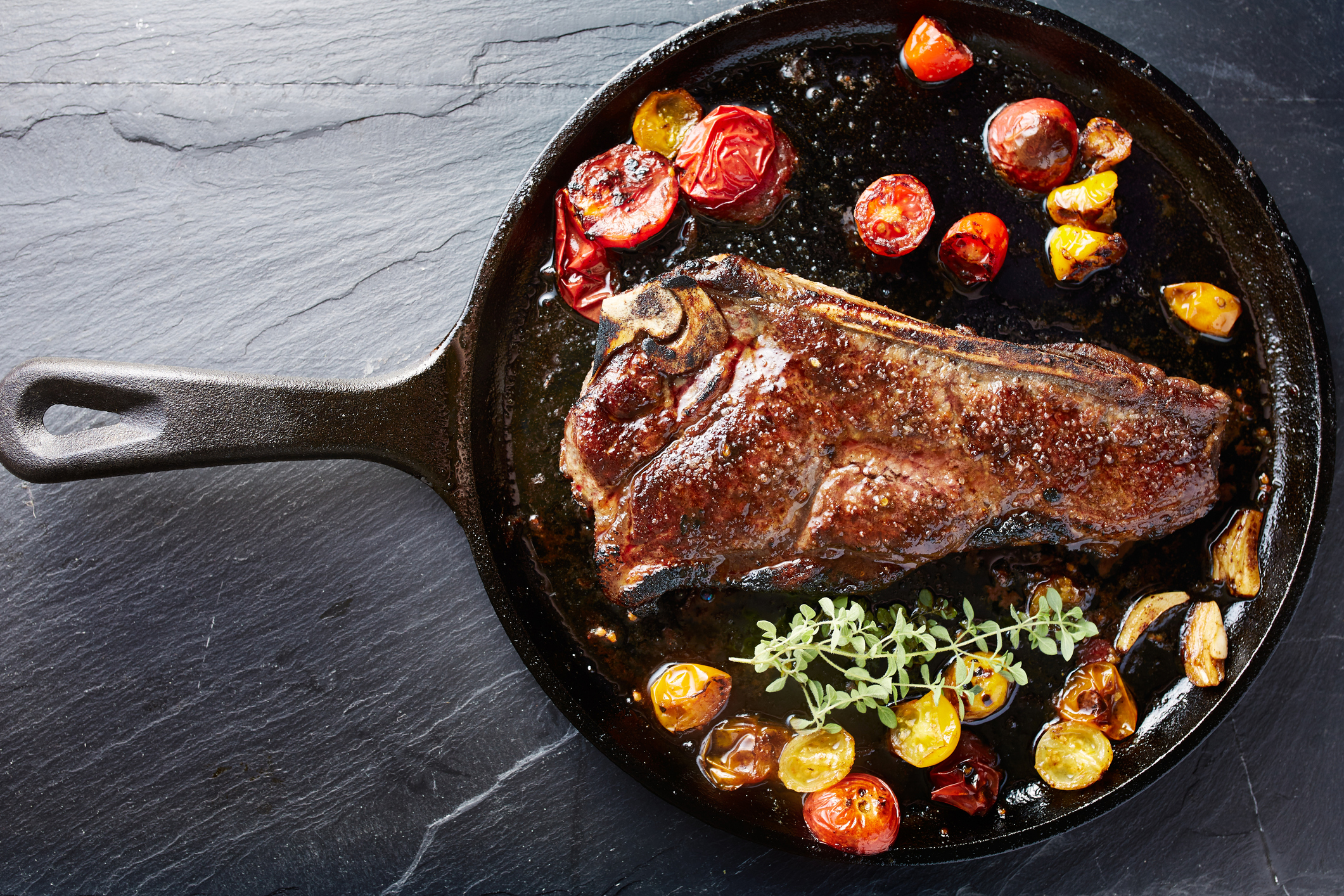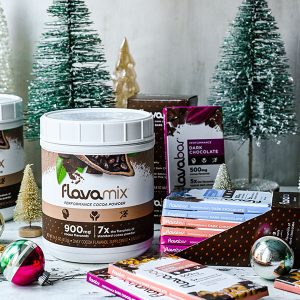My favorite way to cook a steak is in a skillet. For best flavor, I no longer use any oils—not even olive oil. I trim off a few pieces of fat from the ribeye or shell steak and start to render it in the pan. While waiting, I’ll salt the steak on both sides (and sometimes add pepper and garlic). Once enough fat has rendered—enough to coat the pan, I’ll add in the steak. This is now my favorite way to prepare a steak, next to grilling it outdoors.
Tallow has a high smoke point and lends a beautiful, rich flavor. It’s suitable for sauteing, frying and even baking. Saturated fats like rendered animal fats are very stable under high heat cooking, unlike polyunsaturated vegetable oils that are volatile under high heat, and prone to oxidation.
When it comes to frying eggs, I prefer butter or ghee but if I’m having bacon, I’ll cook the eggs in bacon fat. I’ll also save the bacon fat to cook other foods throughout the week until it runs out. Make sure when you drain the bacon grease to strain out any burnt bits of bacon. You want the pure fat, not residue. Then store it in a covered ceramic or glass container near the stove.
With lamb chops, I’ll use the same method—trimming off some fat to render in the pan first. Cooking animal protein in its own rendered fat is divine. When it comes to a burger, however, I’ll cook it in butter, ghee, or leftover bacon fat in the skillet unless it’s on the grill. There’s no bitter aroma as can occur with vegetable oils—especially extra virgin olive oil. Vegetable oils, including olive oil, don’t do well with searing and high heat cooking. The flavors are adversely altered.
Don’t just limit yourself to cooking with tallow. Explore lard and duck fat too and enjoy richer, tastier meals.
To your health!
Leyla Muedin, MS, RD, CDN







